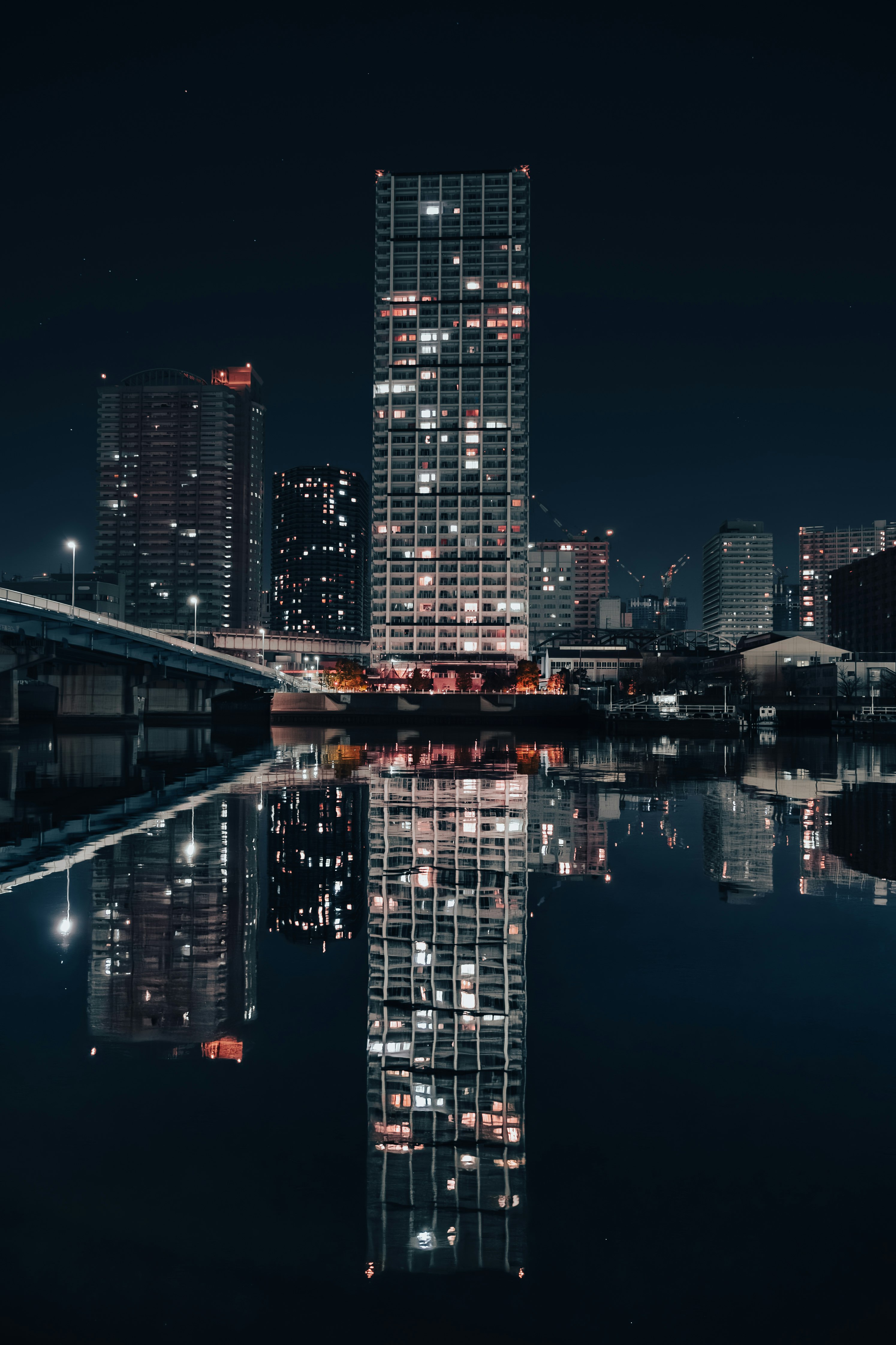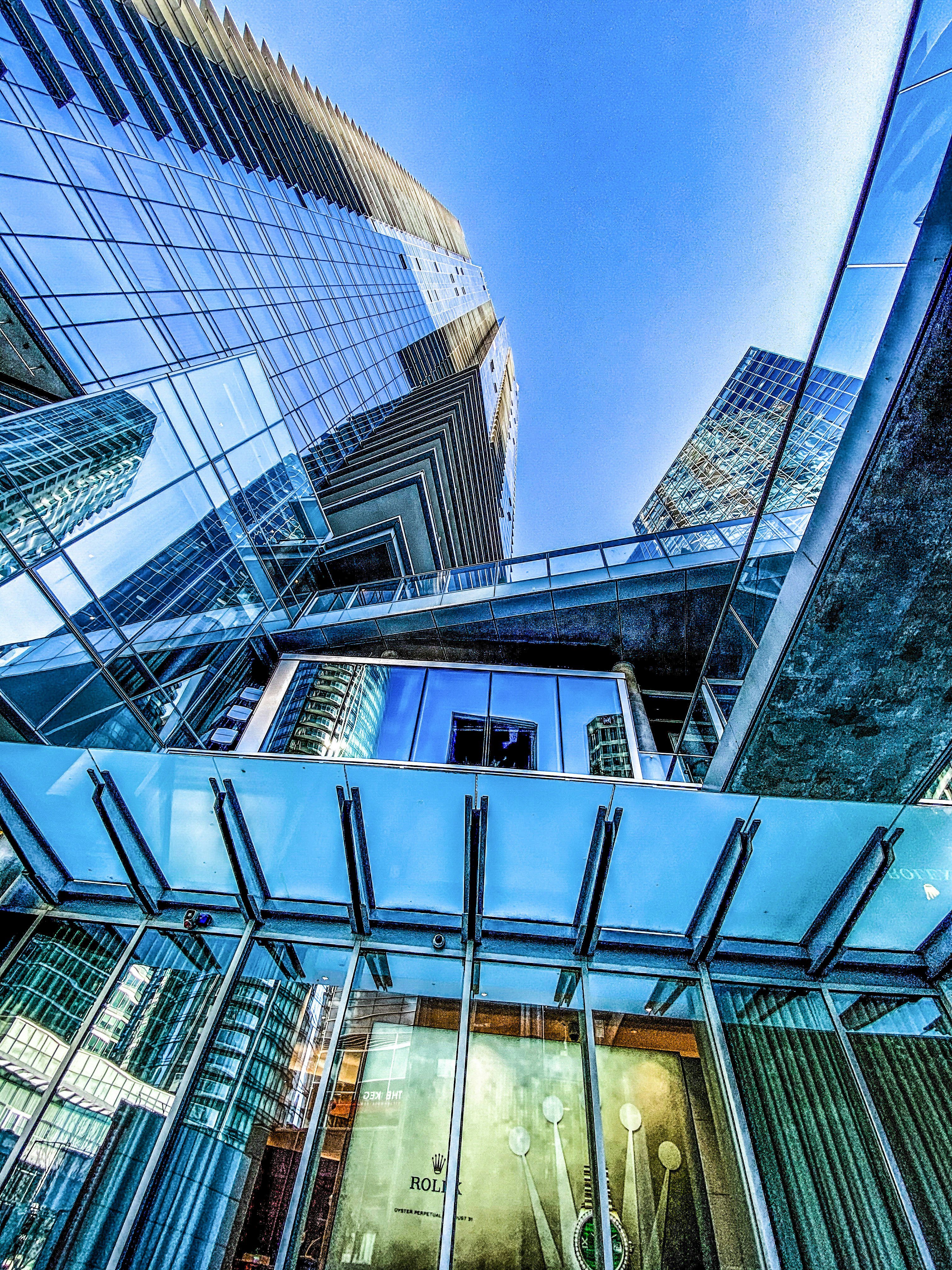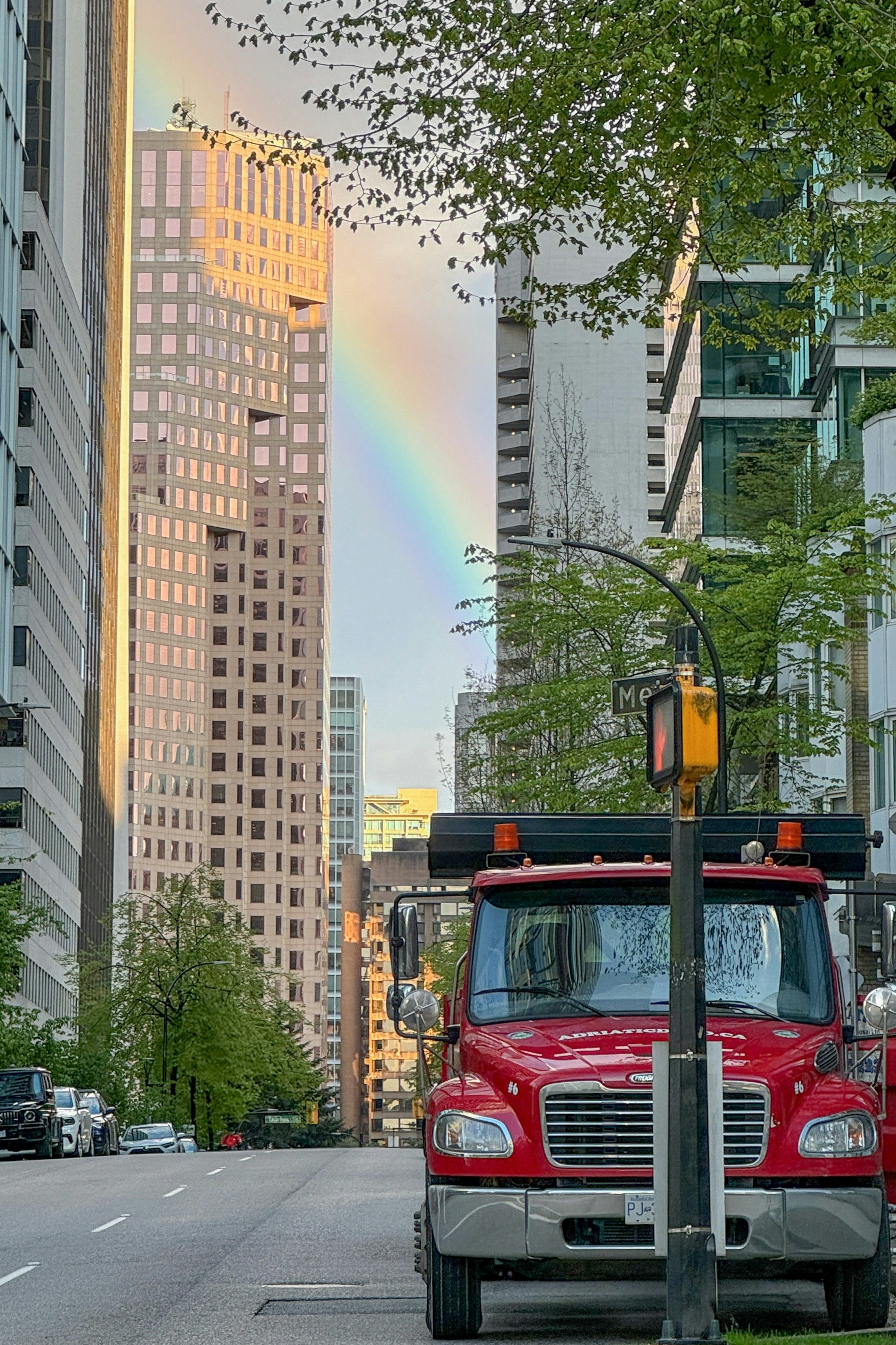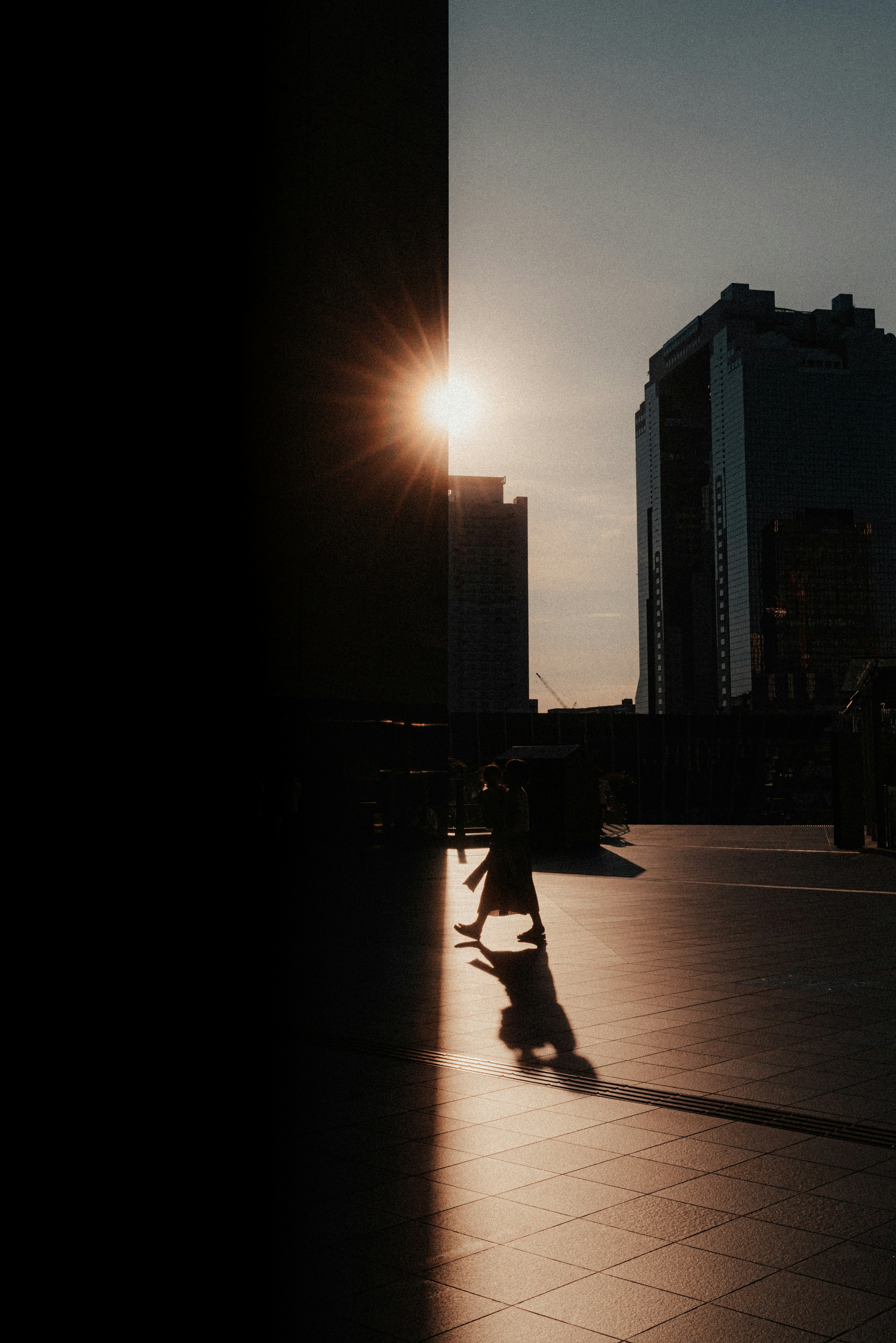
Cover photo by T15
When photographing architecture, it is important to consider how to utilize the shape of the building and the quality of light. Angles and light are especially key to bringing out the beauty and impact of a structure.
This time, we introduce basic techniques for architectural photography and provide inspiration for your shoots.

Photo by YuKoreeda
Discover New Perspectives by Changing Angles
When taking photos of buildings, simply changing your perspective can give a completely different impression. For instance, when photographing single-story houses or low-rise commercial buildings, it's effective to position the camera low and shift the lens upward.

Photo by littlekiss photography
This method not only enhances the stability of the building but also creates a powerful image. For two-story buildings, shooting from eye level is standard, but it's important to consider balance when determining the margins on all sides.
Enhancing Building Appeal with Light
Utilizing natural light is a crucial element in architectural photography. Especially during the 'golden hour' of morning and evening, light can add warmth and depth to buildings. When light enters from an angle, it creates shadows, enhancing the three-dimensionality of the structure.

Photo by Tsubasa Mfg
Additionally, by utilizing HDR (High Dynamic Range) photography, you can effectively express details even in scenes with significant contrast between light and dark.
Telling a Story with Composition
Composition is one of the elements that determine the beauty of architectural photography. By using triangular composition or the rule of thirds, you can impart stability and dynamism. Focusing on symmetrical composition can result in photos that convey a sense of orderliness.

Photo by littlekiss photography
By changing your perspective, you can capture not only the overall view of the building but also focus on parts of it, creating more profound works.

Photo by Daichi



